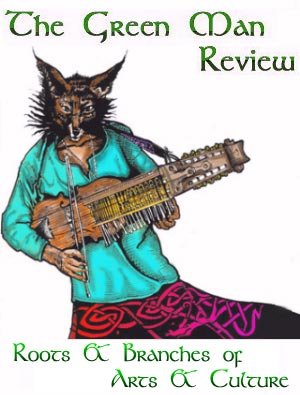
Ensemble Mzetamze, Traditional Songs of Georgian Women (Face Music, 1994)
Ensemble Pesnokhorki, Traditional Songs of Cossacks (Face Music, 1998)
Ensemble Pesnokhorki, Traditional Russian and Cossacks songs of Siberia (Face Music, 1998)
 |
Ensemble Georgika, Volume 2 (Face Music, 1994) Ensemble Mzetamze, Traditional Songs of Georgian Women (Face Music, 1994) Ensemble Pesnokhorki, Traditional Songs of Cossacks (Face Music, 1998) Ensemble Pesnokhorki, Traditional Russian and Cossacks songs of Siberia (Face Music, 1998) |